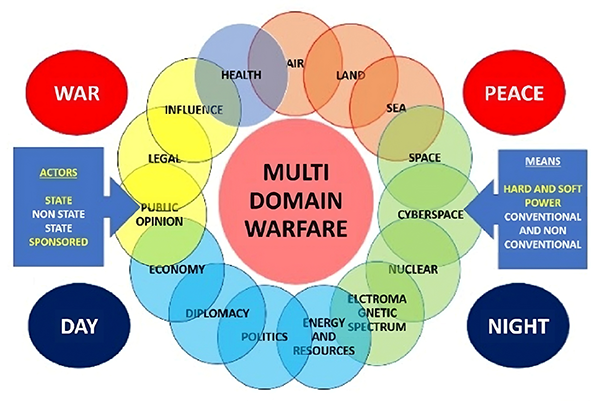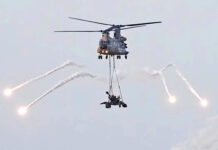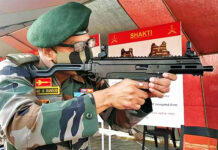Multi Domain Operations (MDO) refers to a military concept that aims to integrate operations across multiple domains, including land, air, sea, space, and cyberspace. The goal of MDO is to create a more efficient and effective way of conducting military operations, leveraging the advantages of each domain to gain a decisive advantage over the enemy.
Advanced technology is rapidly changing the operating environment. Technology breaks down traditional barriers and extends range: cyberattacks and electronic warfare have physical impact. Previously unchallenged domains, such as air, are now vulnerable to short-range threats from the ground, as well as advanced anti-access/area denial equipment. Multi-domain battle creates opportunity in one domain using the capabilities of others, including nontraditional domains such as cyber and space.
Multi Domain Operations in the Indian context are still at the academic stage of understanding. It is an emerging concept. A clear understanding is required about how the armed forces, as part of a joint force, will operate, fight, and campaign successfully across space, cyberspace, and the domains of air, land, and maritime against adversaries.
It is still evolving even in the United States. The U.S. Army concept for multi-domain combined arms operations at echelons above brigade is grappling with the challenges in the expanded multi-domain operations framework and how future armed forces gain and maintain the initiative across the competition continuum, the full range of military operations, and each unique area of operations (AOR) to meet those challenges.
The MDO concept relies heavily on each Service to embrace joint integration and collaboration despite barriers and hesitations that make such cooperation difficult. It is only after jointness is achieved that multi-domain operations can be effective. Historical approaches to achieving superiority in the air, land, and sea domains may no longer be valid.
To be ready for the next war, the armed forces must effectively innovate and adapt concepts, equipment, and training. The future battlefield will be one where integration into joint and multinational forces is a prerequisite for victory.
Three elements that help define the desired effects of MDO are: joint integration, technology, and people. Integration and interdependence lie at the heart of multi-domain concept.
We need to think and shape how land forces might conduct future operations under the multi-domain battle concept.
There is a clear evolutionary link between MDO and previous concepts like Air Land Battle and Joint Operations.
The Army must adapt to meet the requirements for a future force operating in a multi-domain environment.
The IAF does not already have in place its integrated air defence system (IADS) where the most dominant sensor, i.e., the airborne warning and control system (AWACS) is intermeshed with airborne and land-based radar networks. The meaningful IADS would need to be extended to other battlefield and shipborne sensors and made more robust with ground-based air defence systems. The combination of manned and unmanned aircraft, surface-to-air missile systems, surface to surface systems, shipborne systems, electronic jammers and cyber systems will have to be well conceived.
Even in close air support, with introduction of multi-role assets, there is a necessity for multi-domain operations with a better understanding of how to maximize the flexibility and capability that airpower provides when applying multi-role platforms.
India’s Land Warfare Doctrine has set out the case for emerging technologies such as AI and directed-energy weapons. These have the potential to be the foundation for India’s efforts to develop MDO and act as a bulwark against A2AD technologies.
MDO at sea has four domains and three enablers – sea and land , under-sea, and air domain – all battle winning factors. The electromagnetic spectrum, space, and cyber are the three enablers.
ARTRAC and the Training Commands of the Air Force and Navy have a pivotal role in providing inputs collaboratively, to integrate and converge their individual land and air domain capabilities in order to create the merged multidomain capabilities that will be required for success in future combat.



















